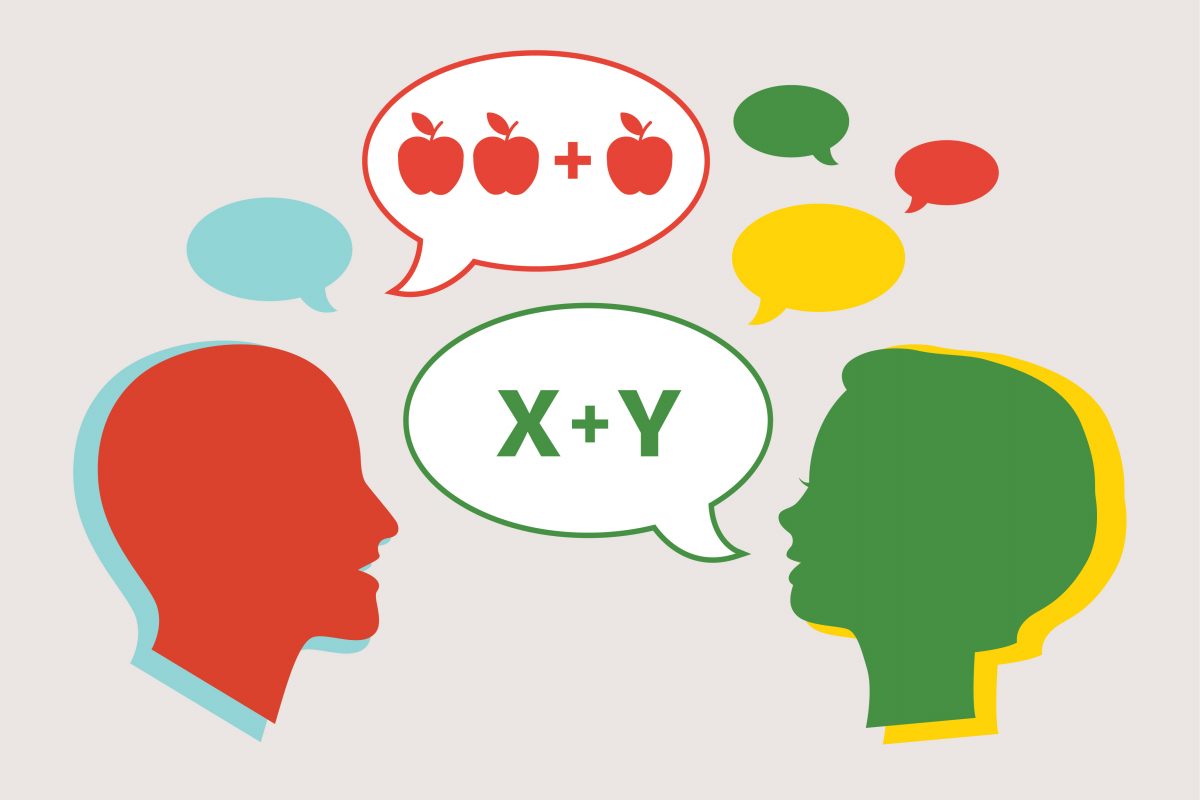Blog 2: Mathematics
As mentioned in my welcome blog, I am very passionate about Math. I even took a minor in university to expand my mathematics knowledge to learn its importance in education. To me, math is a language to understand the world. Mathematics is universal in that the structure of the mathematical language is the same across the country. For example, formulas are read from left to right, and mathematical operations of BODMAS. Looking back at my experience, my family immigrated to Canada when I was 12 years old. I barely spoke English when I came to Canada, and I was placed in a grade 7 class. Math was the only class that I was interested in because numbers are universal from country to country. In addition, since math involves a lot of visual prompts, it helped me to understand the concepts better compared to understanding the materials through reading and listening to English. Therefore, I have developed an interest in math as it helps me to understand the world and socialize with others.
However, chapter three provided a new insight to me, as it indicates the importance of shifting mathematics from calculation to modelling (Davis et al., 2019). I must admit that when I think about math, I think about calculations and formulas. It was one of the reasons I love math: I could use my knowledge and formulas to find the answer to complex questions. After reading this chapter, I learned that although the basic calculation is essential, it is more beneficial for students to engage with math through modelling so that they develop the competence to use math to develop tools to interpret the world (Davis et al., 2019). The higher-order thinking skill promotes students’ problem-solving ability and being active agents in their learning. The problem-solving process includes understanding the problem, devising a plan, carrying out the plan, and looking back for modifications. This process requires computational, algebraic, and geometric skills essential in real life. One way I can promote mathematical modelling is to ask students to critically analyze an issue to gain background knowledge, identify the questions, define the variables, and then use their higher-order thinking skills to potentially find the solution. Although it is a tedious process, it encourages students to be critical and logical in engaging with the world.
In class, a math question was given and asked to solve it in two or more different ways. The question was, “if you use 84 cubes to create a rectangular prism, which rectangular prism would have the smallest surface area?” to answer this question, students will need background knowledge about the volume of a rectangular prism, which is 84, and also an understanding of the formula for the volume of a rectangular prism. Moreover, this question can be answered using 84 pieces of cubes to physically construct a rectangular prism, and use trials and errors to figure out the smallest surface area. It can also be answered through the different use of formulas. I believe the idea of answering the question in various ways is related to differentiating learning that signifies the complexity of society. In other words, there are always multiple ways to achieve a goal or to meet a desire. Students need to use their curiosity and imagination to find the best approach to their problems. I think this is especially important in contemporary society as it allows individuals to make predictions and produce significant insights by encouraging students to think beyond the ordinary. Overall, this is another reason I love math. It is not about the specific mathematical concepts I learned, but the ability to make critical connections and personal understandings through diverse experiences.




Comments
Post a Comment